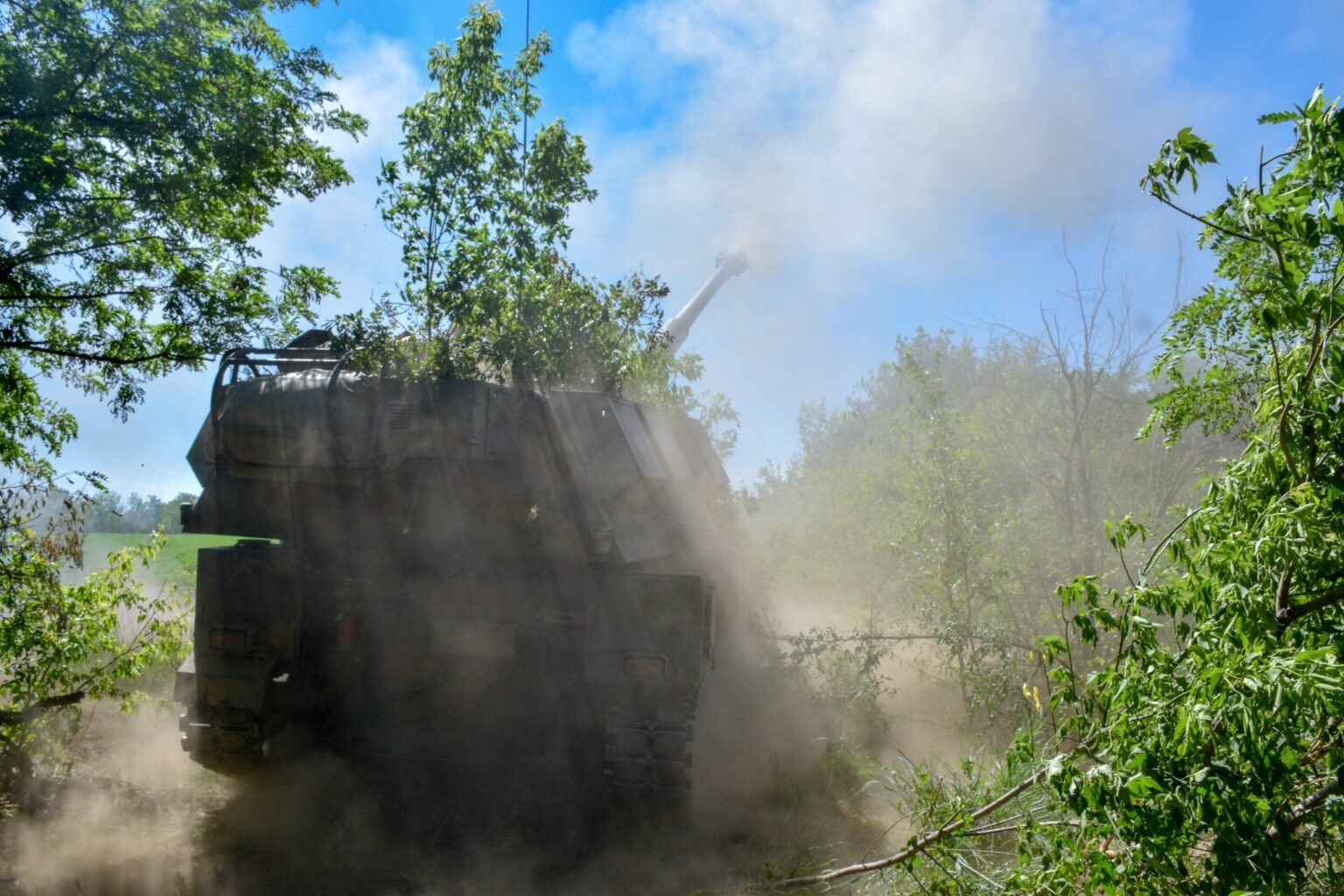**Russian Drone Strikes Blow to Ukraine’s Heavy Artillery**
In a shocking display of military prowess, a Russian drone has destroyed a Polish-made Krab self-propelled howitzer in Ukraine. The incident serves as a stark warning to armies worldwide that rely heavily on artillery, and it highlights the growing threat posed by tiny drones.
The Ukrainian army had received 108 Krab howitzers from Poland, which have been instrumental in the country’s defense against Russia. However, since their deployment, at least 35 of these massive guns have been lost, including the latest incident where a Russian drone slipped into a camouflaged dugout and set one ablaze.
The destruction of the Krab is a significant loss for Ukraine, as it marks the probable 36th such incident in three years. What’s even more alarming is that this could have been prevented had Ukrainian forces taken greater precautions to secure their artillery pieces.
**The Rise of Fiber-Optic Drones**
For two years, tiny drones weighing only a few pounds have been hounding troops and vehicles on both sides of the conflict. However, these early drones were controlled via wireless radio signals, which could be limited by obstacles such as wood, brick, or metal. This made it relatively safe for military personnel to stay inside or under loose concealment.
However, with the proliferation of fiber-optic drones, this has all changed. These drones are controlled via signals that travel through millimeters-thick optical fibers, making them largely unbothered by buildings and dugouts. As long as their operators can avoid snagging the fibers and find a way into the covered position, these drones can strike with deadly precision.
**The New Genre of Drone Strikes**
This shift in drone technology has given rise to a new genre of “indoor drone strikes.” These tiny machines are slipping through open doors and past dangling tarps and nets to strike soldiers and vehicles hiding inside what were once safe havens from FPV raids.
A dramatic video captured by the Ukrainian Unmanned Systems Forces’ Birds of Magyar unit in April showcases this new breed of drone attacks. The footage shows a drone easing into a warehouse, maneuvering past one parked Russian vehicle to take aim at a BMP fighting vehicle with its back hatch ajar.
**The Consequences for Heavy Artillery**
The destruction of the Krab howitzer serves as a warning to armies worldwide that rely heavily on artillery. These massive guns are now vulnerable to tiny drones that can slip through even the most secure defenses.
Analyst Andrew Perpetua argues that countries should be investing in ultra-lightweight, long-range towed guns that specialize in push and hide tactics rather than developing self-propelled guns that are often cumbersome and expensive to maintain.
The incident also highlights the need for military forces to adapt to this new threat. By taking greater precautions to secure their artillery pieces and adopting more mobile, lightweight tactics, armies can minimize the risk of losing these valuable assets.
**Conclusion**
In conclusion, the destruction of the Polish-made Krab self-propelled howitzer by a Russian drone serves as a stark reminder of the growing threat posed by tiny drones. As military forces around the world grapple with this new reality, it’s essential to recognize the need for adaptability and innovation in order to stay ahead of these emerging threats.
Read More @ euromaidanpress.com












